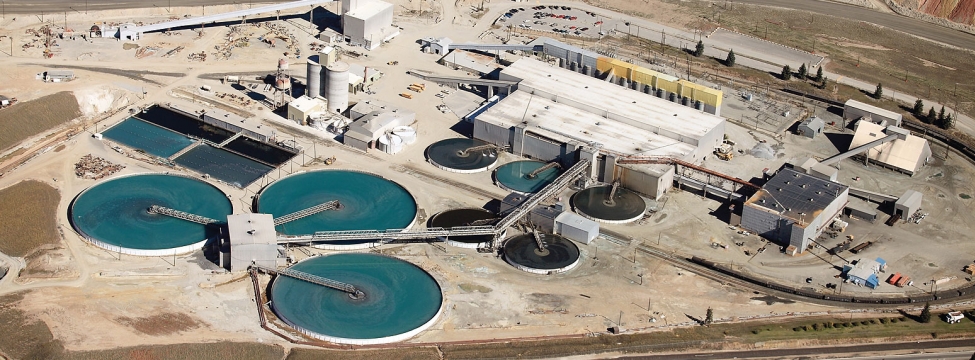The process design of a metallurgical plant follows logical steps, one built on another, to define the circuit requirements. The methodology used and documentation produced is the same for a pre-feasibility study, feasibility study or a complete design, regardless of the process complexity or the commodity. The only difference is the amount of detail developed at each stage.
The first element is collecting metallurgical testwork or operating data from an existing plant. The testwork identifies the process, the metallurgical recoveries and product qualities, and establishes the process parameters for economic recovery of the commodity. Test samples must represent both the whole orebody and the feed over the life of the mine, showing the mineral’s variability. With this data available, the process design can be developed.
A Design Criteria Document summarises the main parameters used to size the plant and equipment.
The overall process is tracked on Process Flow Diagrams (PFDs) that show all the process streams -- water, reagent and utilities -- and identify each piece of process equipment by number. The process streams are marked and linked to the mass and metallurgical balance.
The Process Description Document details the main requirements and process steps; complex processes may include detailed descriptions of the chemistry. Any special requirements, environmental issues and mitigation measures are addressed.
The mass and metallurgical balances are the main calculations used to size the plant. Processes using physical separation are simple while complex processes involving chemical reactions, heat, phase changes, etc. can be very involved. The balance for a simple flowsheet can be developed using spreadsheets, however a proprietary design package is typically required for a complex flowsheet.
An Equipment List identifies all items of process equipment with a unique number and key details, such as process duty, equipment type, sizes, installed power, materials of construction, etc. This is further developed into a Mechanical Equipment List, which is used for estimating costs.
Once the flowsheet is defined, the mass and metallurgical balances completed, and the equipment list prepared, a Process Data Sheet is developed for each piece of equipment, which identifies the duty it performs and its process-specific features. These process data sheets are incorporated into the mechanical equipment specifications. For the more detailed process design work required for a feasibility study or an actual plant design, the PFDs are developed into Piping and Instrumentation Diagrams (P+IDs). These drawings detail every pipe, valve, in-line equipment, all instrumentation and control loops and construction materials. Process Data Sheets are then developed for these additional equipment items.
A Process Control Philosophy Document outlines the overall process control requirements.
At every stage of development, pertinent hazards, operability, environmental protection issues and mitigation measures are addressed in detail. The engineering team uses all these documents to complete the plant design.

